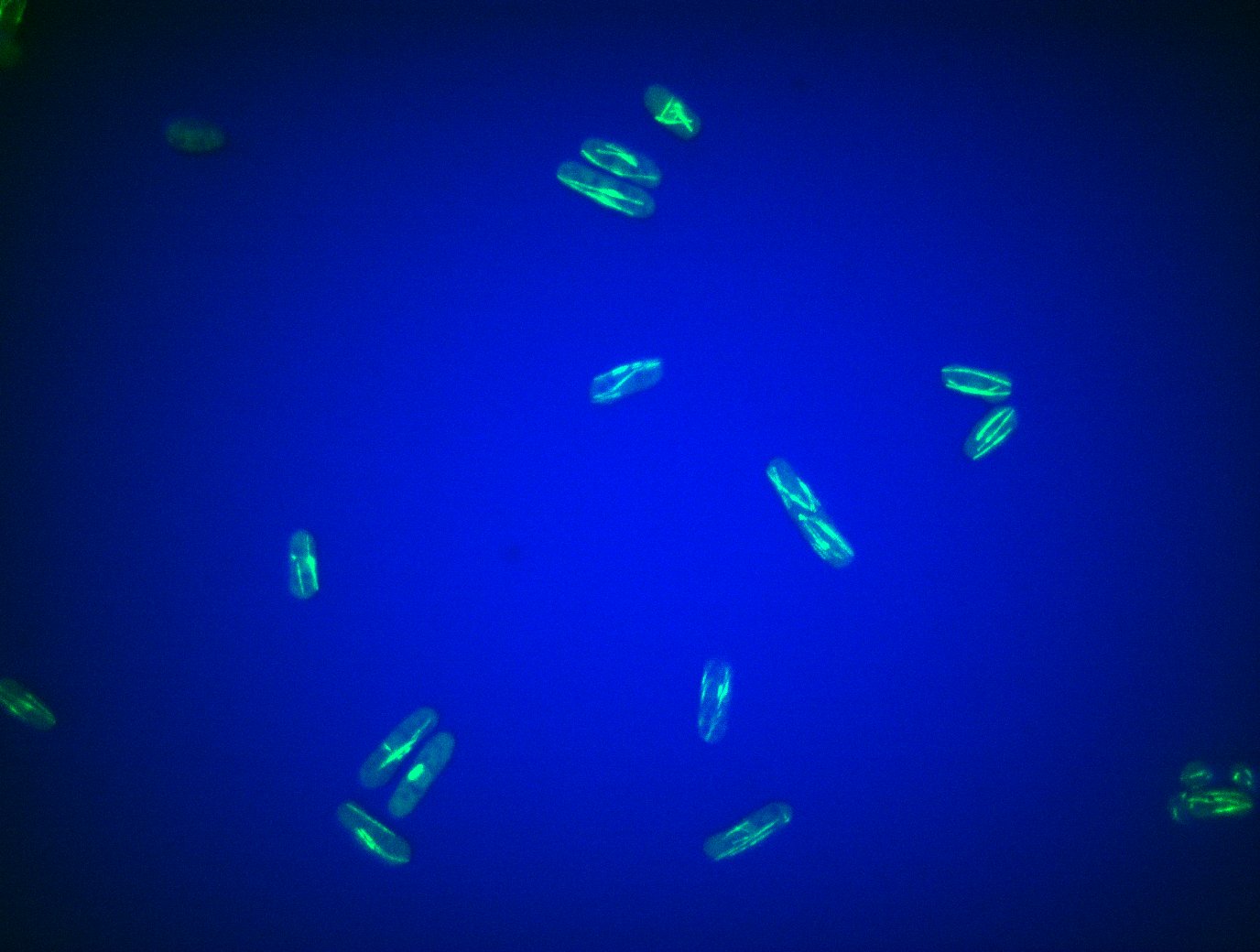The quest to understand the fundamental rules governing life has taken another step forward, as new research from the University of Cambridge reveals. 
By deleting genes in yeast cells and photographing the results using a microscope, researchers have linked over 150 genes with previously unknown functions.
Dr Rafael Carazo Salas lead the team and describes the group's work using an analogy with brakes on a car. If you wanted to know whether a particular part was important for the vehicle's braking system, one way to find out would be to remove it, drive the car, and see if the brakes still work.
"In some situations the brakes will not function and we will have identified an important part and it's the same thing with cells," says Salas. "We can remove one gene at a time, and in the resulting cells, assess their state and make a judgement call as to whether they are abnormal or not."
The main focus for Salas and his team, was to look at microtubules. These are hollow rods that help to shape the cell, and also play a crucial role in cell division. The group have discovered that the same genes that are involved with microtubules also play a role in DNA repair.
"There is this amazing link that no one has seen before, between our genome and microtubules," says Jonathan Lawson, a PhD Student working on the project.
It's hoped that the research published in Developmental Cell could be used to improve cancer treatments.
"If you try to attack microtubules at the same time as you treat cancer with classical methods like chemotherapy and radiotherapy," continued Lawson, "you can reduce the dosage of the cancer treatment and still have the same efficacy with fewer side effects. By better understanding microtubules, we can hopefully find a much more effective way of treating things like cancer."










Comments
Add a comment